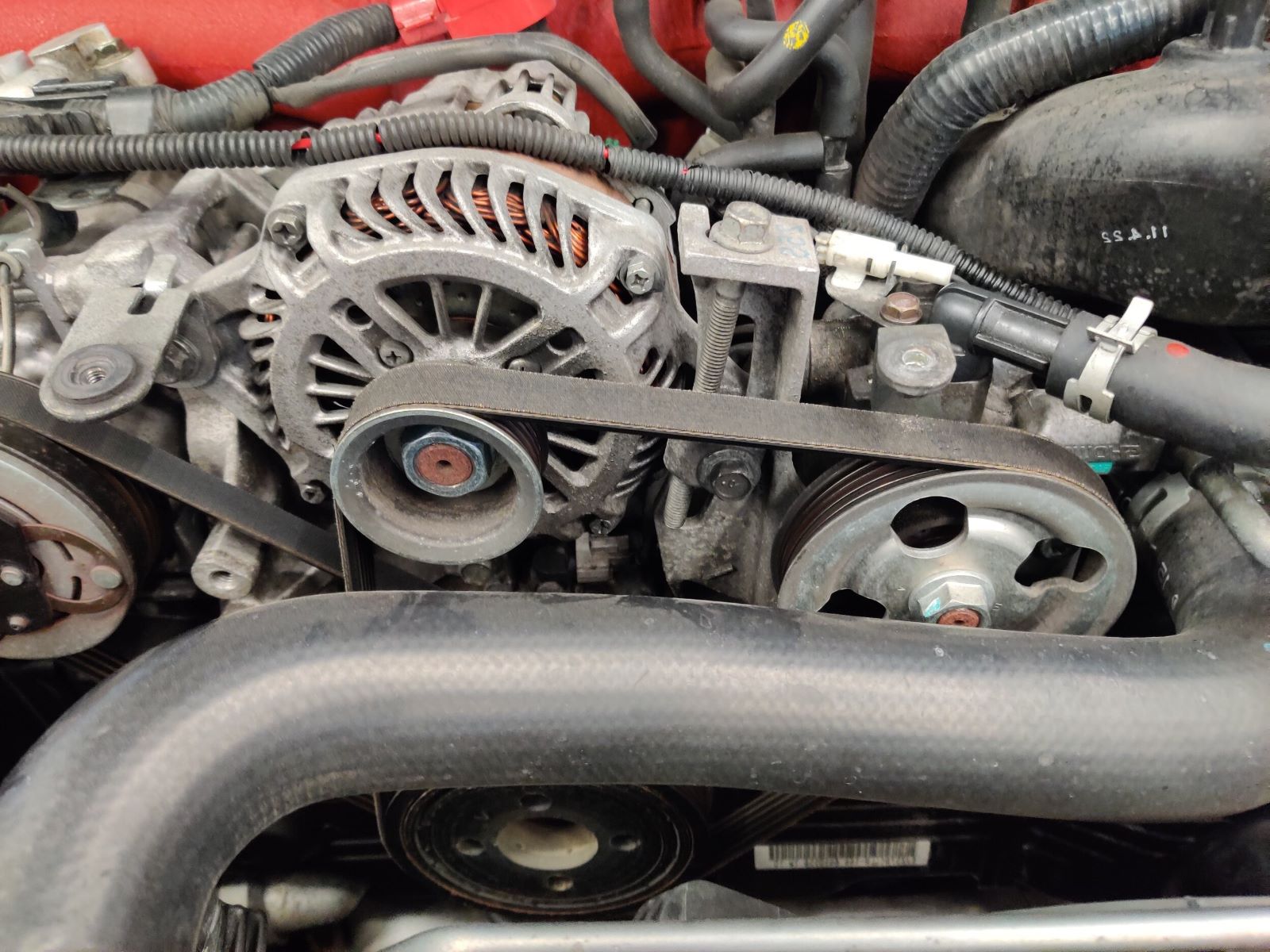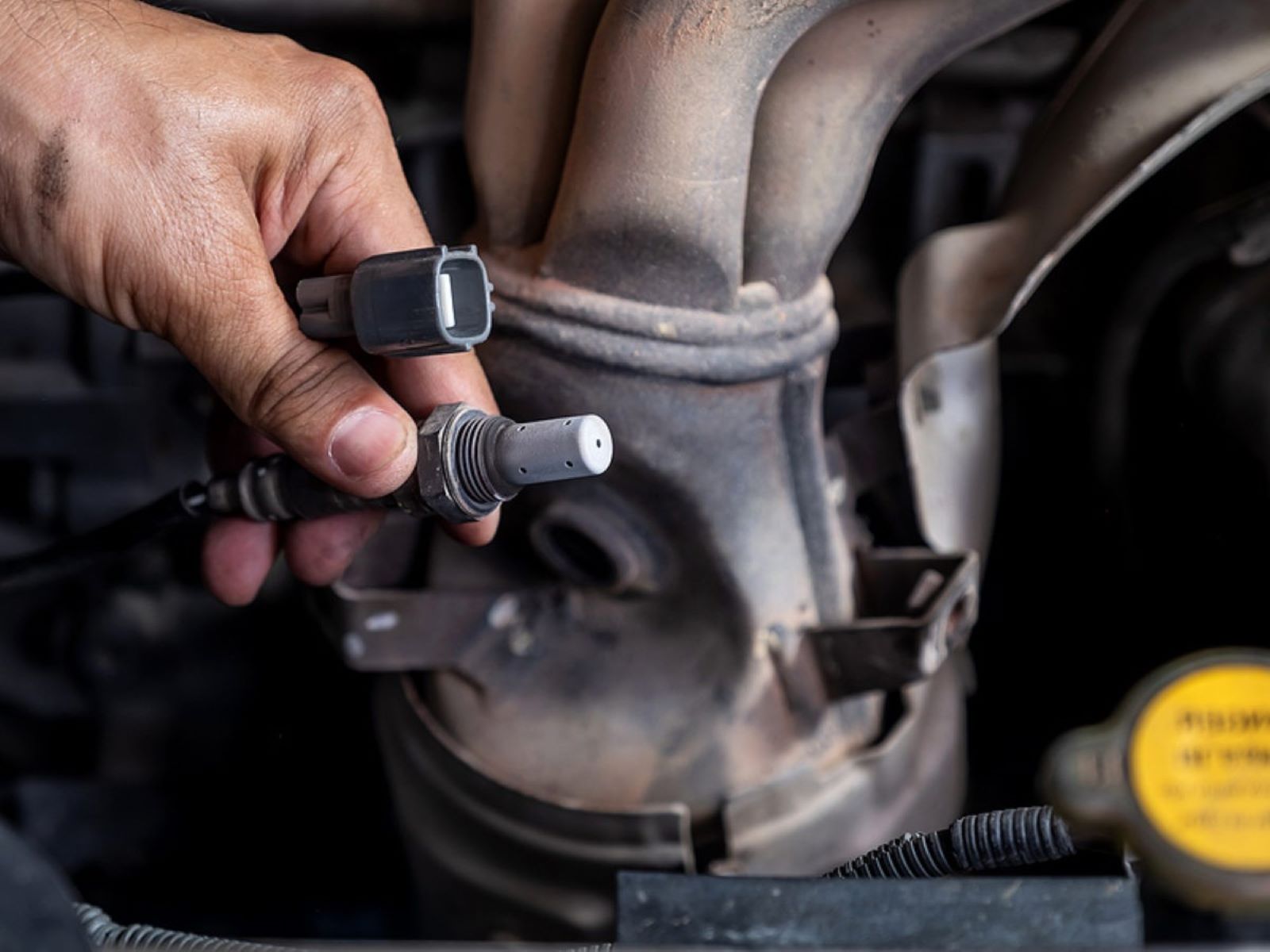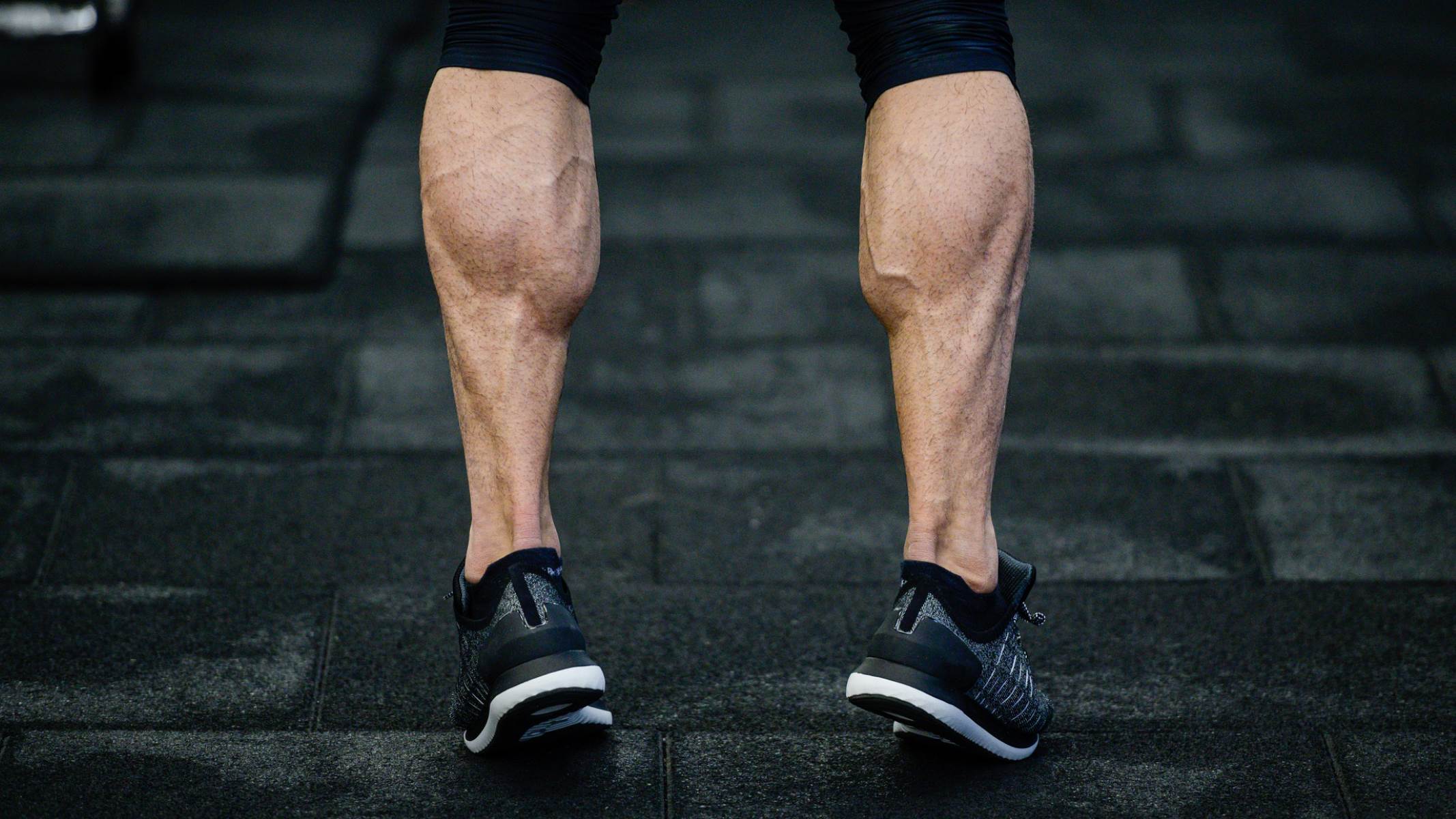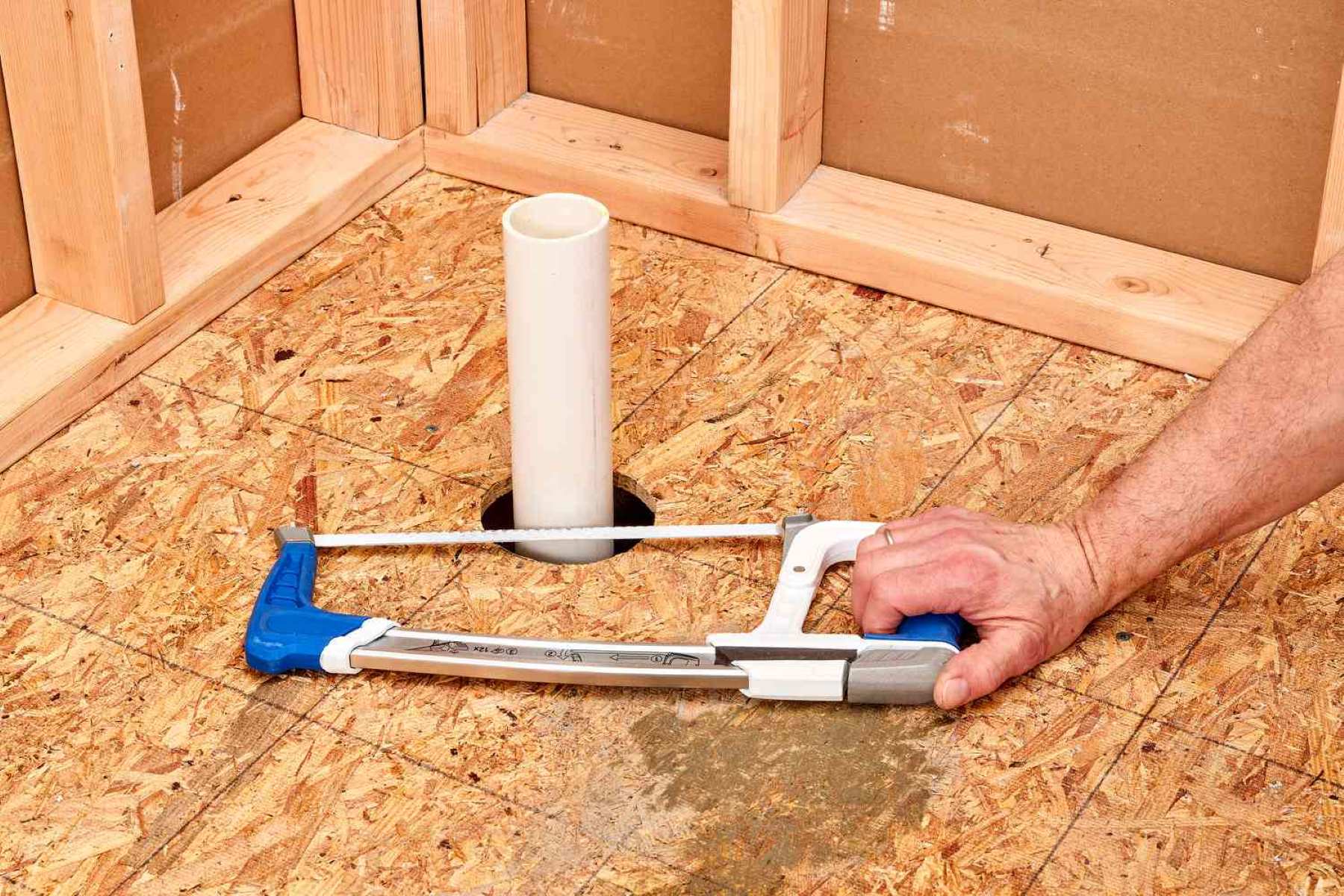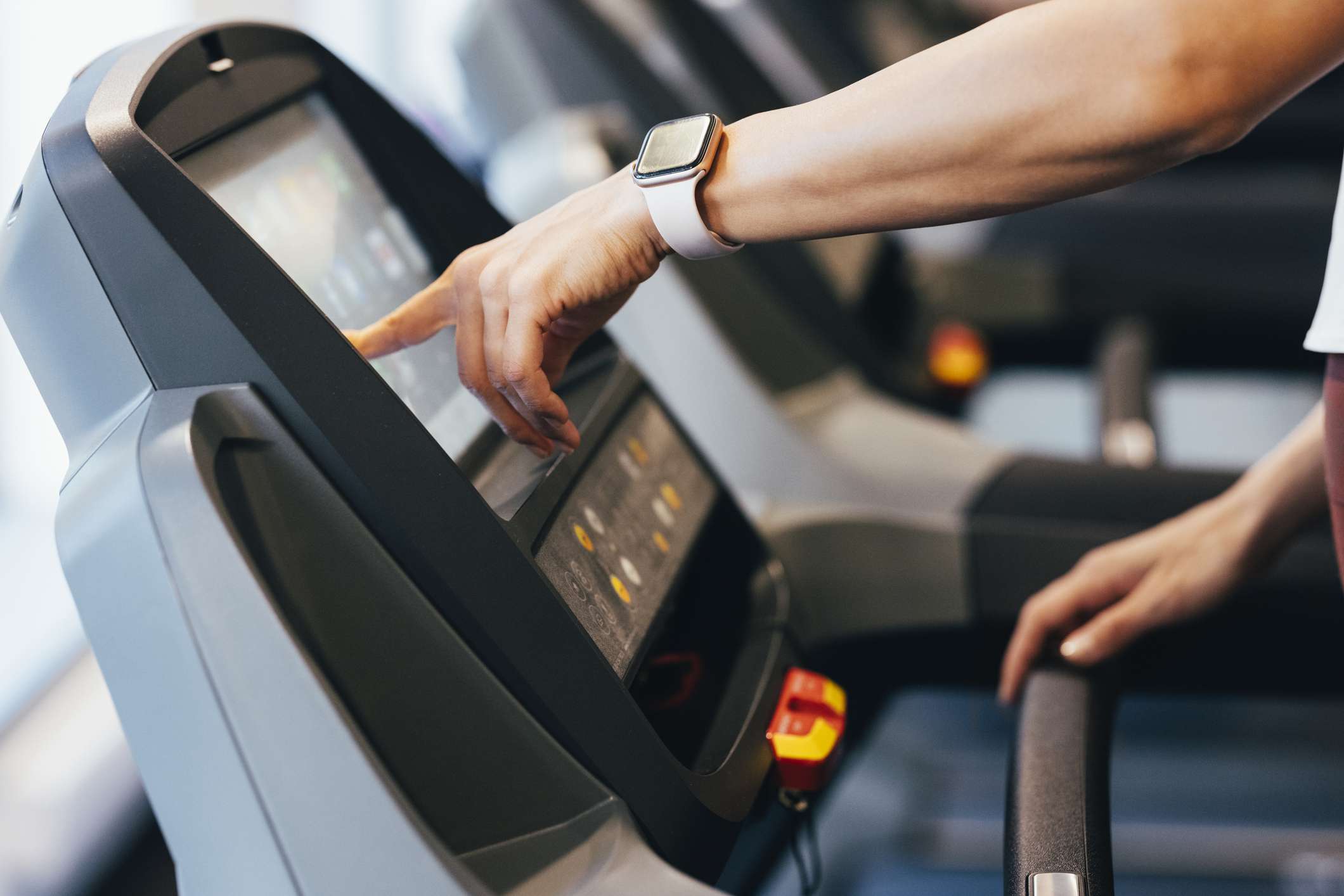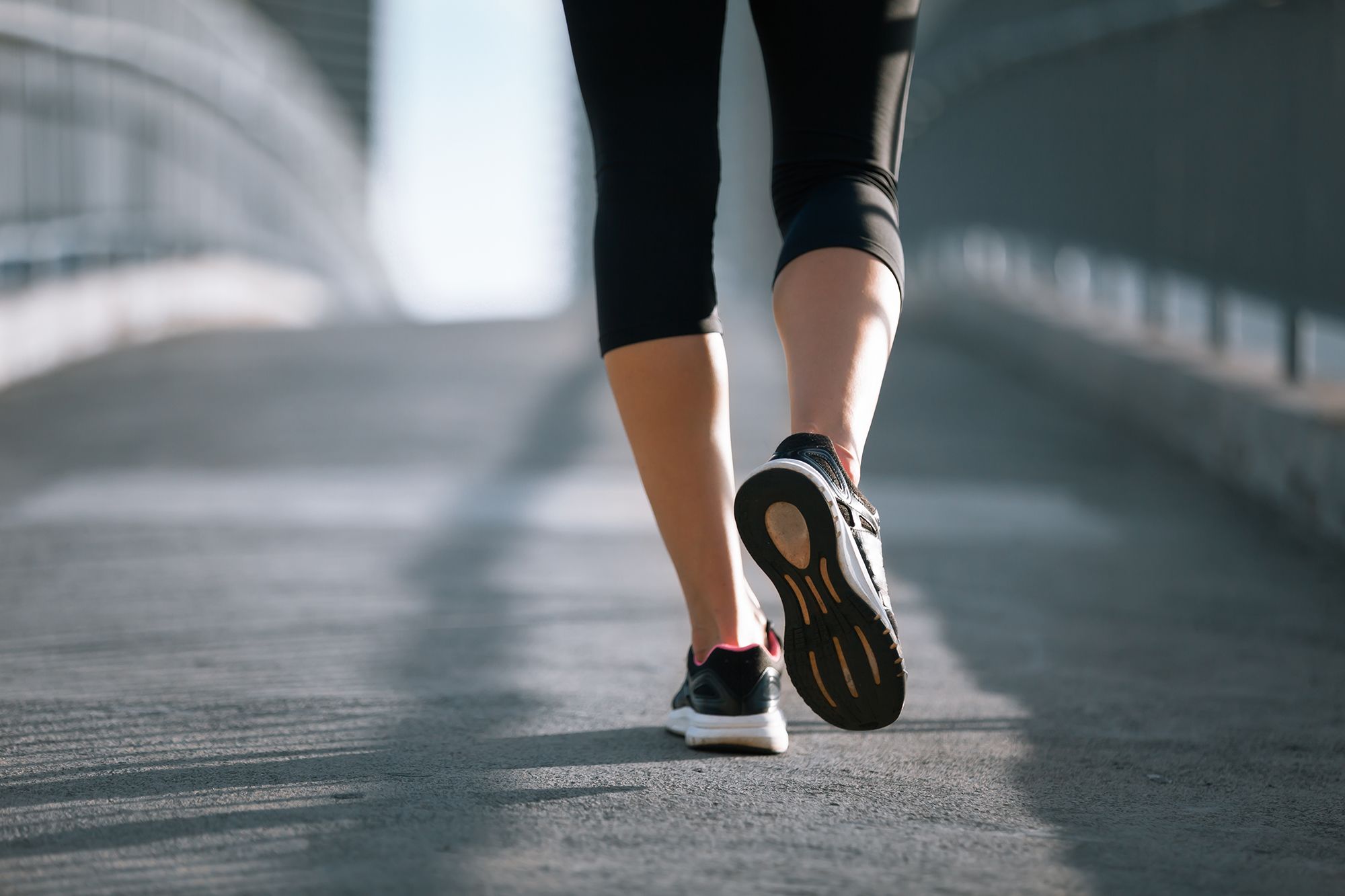Home>Health and Wellness>5 Unique Exercises To Replace Lateral Raises
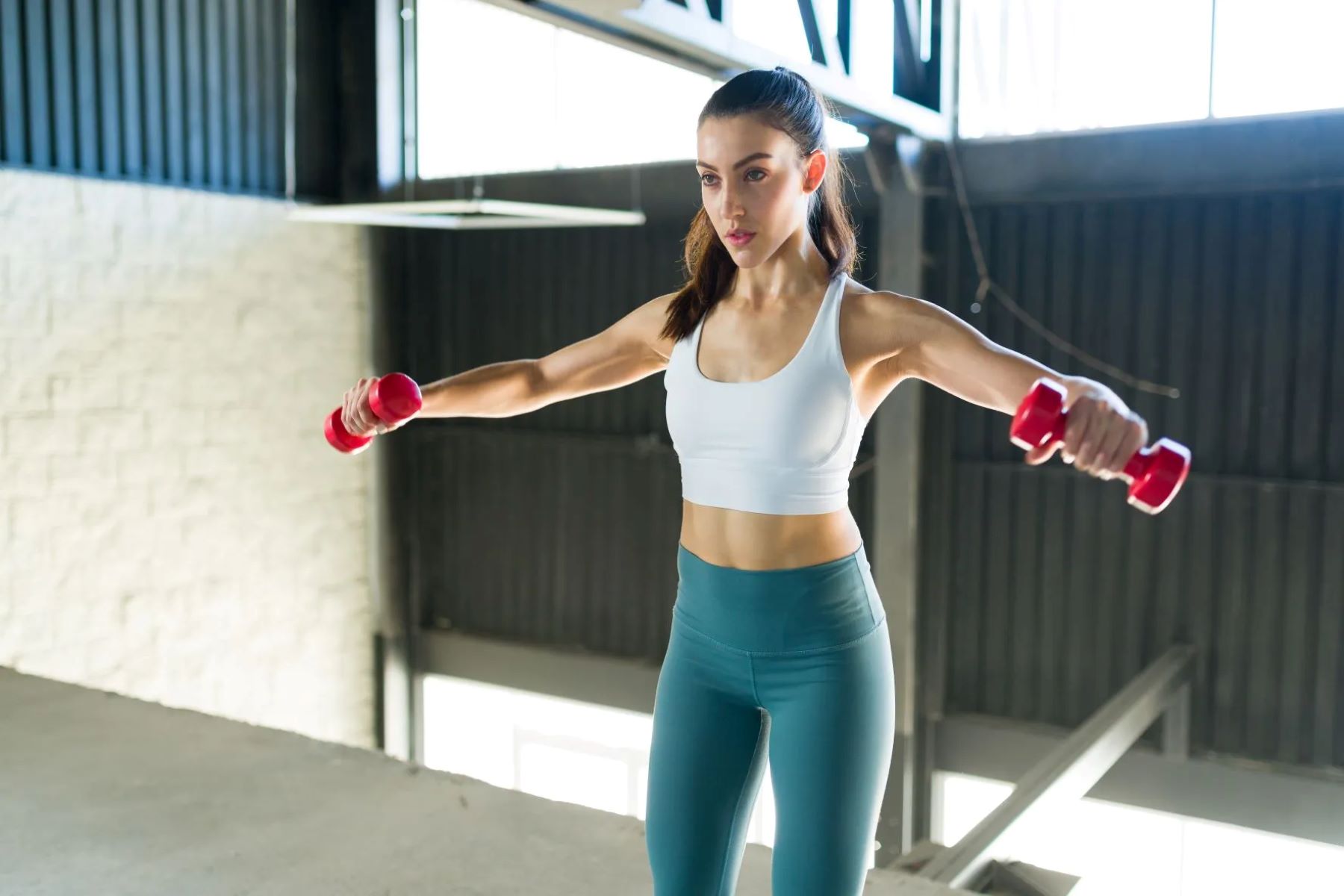

Health and Wellness
5 Unique Exercises To Replace Lateral Raises
Published: January 6, 2024
Discover 5 unique exercises to replace lateral raises and improve your health and wellness. Enhance your workout routine with these effective alternatives.
(Many of the links in this article redirect to a specific reviewed product. Your purchase of these products through affiliate links helps to generate commission for Regretless.com, at no extra cost. Learn more)
Table of Contents
Introduction
When it comes to sculpting strong and defined shoulders, lateral raises have long been a go-to exercise. However, if you're looking to switch up your routine and add some variety to your shoulder workouts, there are several unique exercises that can effectively target the deltoid muscles in different ways. By incorporating these alternative exercises into your training regimen, you can challenge your muscles from new angles and prevent plateauing, all while keeping your workouts fresh and exciting.
In this article, we'll explore five unconventional exercises that can serve as excellent alternatives to traditional lateral raises. Each of these exercises offers its own set of benefits, providing a comprehensive approach to shoulder development. Whether you're a seasoned fitness enthusiast or just starting your fitness journey, these exercises can add a new dimension to your shoulder training routine.
So, if you're ready to shake things up and take your shoulder workouts to the next level, let's dive into these unique exercises that are sure to bring a fresh perspective to your fitness routine.
Exercise 1: Bent-over Dumbbell Lateral Raise
The bent-over dumbbell lateral raise is a dynamic exercise that targets the lateral deltoid head, helping to enhance shoulder stability and strength. This exercise also engages the posterior deltoids and the trapezius muscles, making it an excellent choice for overall shoulder development.
How to Perform the Bent-over Dumbbell Lateral Raise:
- Starting Position: Stand with your feet shoulder-width apart, holding a dumbbell in each hand. Bend your knees slightly and hinge forward at your hips, maintaining a straight back and a neutral spine.
- Raise the Weights: With your arms slightly bent, raise the dumbbells out to the sides until they reach shoulder height. Keep your core engaged and focus on using your shoulder muscles to lift the weights.
- Lower the Weights: Slowly lower the dumbbells back to the starting position, maintaining control throughout the movement.
Key Points to Remember:
- Focus on maintaining a slight bend in your elbows throughout the exercise to reduce strain on the joints.
- Keep your core tight and your back straight to support your lower back during the movement.
- Control the weights on the way down to maximize the eccentric phase of the exercise.
Benefits of the Bent-over Dumbbell Lateral Raise:
- Targeted Shoulder Development: This exercise effectively isolates the lateral deltoids, helping to build width and definition in the shoulders.
- Improved Shoulder Stability: By engaging the stabilizing muscles of the shoulders and upper back, the bent-over dumbbell lateral raise contributes to overall shoulder stability.
- Enhanced Posture: The engagement of the posterior deltoids and trapezius muscles can help improve posture and reduce the risk of shoulder injuries.
Incorporating the bent-over dumbbell lateral raise into your shoulder workout routine can provide a refreshing change from traditional lateral raises. This exercise offers a unique challenge to the shoulder muscles and can contribute to a well-rounded approach to shoulder training.
Whether you're aiming to add size and definition to your shoulders or simply seeking to diversify your workout routine, the bent-over dumbbell lateral raise is a valuable addition to any shoulder-focused training regimen.
Exercise 2: Cable Lateral Raise
The cable lateral raise is a versatile and effective exercise that targets the lateral deltoids, contributing to well-rounded shoulder development. By utilizing a cable machine, this exercise provides constant tension on the shoulder muscles throughout the entire range of motion, making it a valuable addition to any shoulder workout routine.
How to Perform the Cable Lateral Raise:
-
Setup: Begin by setting the cable machine to the appropriate height and attaching a single-grip handle. Stand with your side facing the cable machine and grasp the handle with the hand farthest from the machine.
-
Starting Position: Position your feet shoulder-width apart and maintain a slight bend in your knees for stability. Keep your core engaged and stand tall with your shoulders relaxed.
-
Lift the Handle: With your arm slightly bent, raise the handle out to the side, focusing on using your shoulder muscles to lift the weight. Keep your torso stationary and avoid using momentum to lift the handle.
-
Controlled Lowering: Slowly lower the handle back to the starting position, maintaining control and resisting the weight on the way down.
Key Points to Remember:
-
Maintain Proper Form: Keep your torso stable and avoid leaning or swaying as you perform the exercise. Focus on isolating the lateral deltoids throughout the movement.
-
Engage the Core: By keeping your core tight, you can support your lower back and maintain proper posture during the exercise.
-
Control the Weight: Emphasize the eccentric (lowering) phase of the movement to maximize muscle activation and control.
Benefits of the Cable Lateral Raise:
-
Constant Tension: The cable machine provides continuous resistance, keeping the lateral deltoids engaged throughout the exercise and promoting muscle growth and strength development.
-
Improved Muscle Isolation: By targeting the lateral deltoids, the cable lateral raise helps to isolate and develop the side head of the shoulder, contributing to a balanced and symmetrical physique.
-
Variety in Training: Incorporating cable exercises into your shoulder workouts adds variety and can help break through plateaus by challenging the muscles in new ways.
The cable lateral raise offers a unique and effective way to target the lateral deltoids, contributing to balanced shoulder development and strength. Whether you're aiming to enhance shoulder width or seeking to diversify your workout routine, this exercise provides a valuable addition to any comprehensive shoulder training regimen.
Exercise 3: Arnold Press
The Arnold press, named after the legendary bodybuilder Arnold Schwarzenegger, is a unique and effective shoulder exercise that targets multiple aspects of the deltoid muscles. This exercise not only engages the anterior (front) and lateral (side) deltoids but also involves the trapezius and triceps, making it a comprehensive movement for overall shoulder development.
How to Perform the Arnold Press:
-
Starting Position: Begin by sitting on a bench or standing with your feet shoulder-width apart, holding a pair of dumbbells at shoulder height with your palms facing towards you.
-
Rotational Movement: As you press the dumbbells overhead, rotate your palms to face forward at the top of the movement. This rotational aspect of the exercise places unique stress on the shoulder muscles, engaging them in a different manner compared to traditional shoulder presses.
-
Lowering Phase: Slowly lower the dumbbells back to the starting position while reversing the palm rotation, returning to the initial posture to complete one repetition.
Key Points to Remember:
-
Controlled Motion: Focus on maintaining a controlled and deliberate motion throughout the exercise, especially during the rotational phase, to maximize muscle engagement and minimize the risk of injury.
-
Full Range of Motion: Aim to achieve a full range of motion by bringing the dumbbells close together at the top of the movement and lowering them to shoulder height during each repetition.
-
Stable Core: Engage your core muscles to stabilize your torso and maintain proper posture throughout the exercise, which is essential for shoulder health and overall stability.
Benefits of the Arnold Press:
-
Muscle Engagement: The Arnold press targets the entire shoulder complex, including the anterior and lateral deltoids, providing a comprehensive workout for shoulder development.
-
Functional Strength: The rotational aspect of the Arnold press mimics everyday movements, contributing to functional strength and enhancing shoulder stability in various activities.
-
Variation in Training: By incorporating the Arnold press into your shoulder routine, you can introduce diversity and challenge your muscles from different angles, promoting balanced and well-rounded shoulder development.
The Arnold press stands out as a versatile and effective exercise that not only targets the shoulder muscles comprehensively but also adds an element of functional strength to your workout routine. Whether you're aiming to enhance shoulder definition, improve overall strength, or simply diversify your training, the Arnold press offers a valuable addition to any shoulder-focused workout regimen.
Exercise 4: Reverse Fly
The reverse fly is a highly effective exercise that specifically targets the posterior deltoids, the muscles located at the back of the shoulders. By focusing on this often-neglected area, the reverse fly contributes to a well-rounded and balanced shoulder development, enhancing both strength and aesthetics.
How to Perform the Reverse Fly:
-
Starting Position: Begin by standing with your feet shoulder-width apart and holding a pair of dumbbells in front of your thighs. Maintain a slight bend in your elbows and keep your palms facing each other.
-
Lifting Motion: With a controlled movement, raise the dumbbells out to the sides, maintaining a slight bend in your elbows. Focus on leading the movement with your elbows and squeezing your shoulder blades together at the top of the motion.
-
Lowering Phase: Slowly lower the dumbbells back to the starting position, resisting the weight to maximize muscle engagement throughout the exercise.
Key Points to Remember:
-
Focus on Form: Emphasize proper form and controlled motion throughout the exercise to effectively target the posterior deltoids and minimize the risk of injury.
-
Mind-Muscle Connection: Concentrate on engaging the muscles of the upper back and shoulders during the lifting phase, ensuring that they bear the brunt of the workload.
-
Stable Core: Engage your core muscles to stabilize your torso and support your lower back, promoting overall stability during the exercise.
Benefits of the Reverse Fly:
-
Targeted Muscle Engagement: The reverse fly effectively isolates the posterior deltoids, contributing to improved strength and definition in the back of the shoulders.
-
Postural Benefits: By strengthening the muscles of the upper back, the reverse fly can help enhance posture and reduce the risk of imbalances often associated with shoulder workouts.
-
Shoulder Health: Targeting the posterior deltoids through the reverse fly can contribute to overall shoulder health, promoting balanced muscle development and reducing the likelihood of injury.
Incorporating the reverse fly into your shoulder workout routine offers a valuable opportunity to address the often-overlooked posterior deltoids, promoting balanced shoulder development and overall strength. Whether you're aiming to enhance shoulder aesthetics, improve postural alignment, or diversify your training, the reverse fly stands out as a beneficial addition to any comprehensive shoulder-focused workout regimen.
Read more: 5 Killer Exercises For Sculpting Perfect Upper Glutes And Achieving A Jaw-Dropping ‘Shelf’ Look!
Exercise 5: Kettlebell Windmill
The kettlebell windmill is a dynamic and challenging exercise that not only targets the shoulders but also engages the core, hips, and stabilizing muscles throughout the body. This multi-dimensional movement offers a unique approach to shoulder training, incorporating elements of flexibility, strength, and stability. By adding the kettlebell windmill to your workout routine, you can enhance overall shoulder mobility, core strength, and functional stability, making it a valuable and versatile exercise for comprehensive fitness development.
How to Perform the Kettlebell Windmill:
-
Starting Position: Stand with your feet wider than shoulder-width apart, with one kettlebell held overhead in your right hand. Keep your arm extended and your eyes on the kettlebell.
-
Hip Hinge: Hinge at your hips to the left, keeping your left leg straight and your right knee slightly bent. Maintain a neutral spine and engage your core to support your lower back.
-
Lowering Phase: As you hinge to the side, slide your left hand down the inside of your left leg, aiming to touch the floor or your shin. Keep your eyes on the kettlebell throughout the movement.
-
Return to Upright Position: Reverse the movement, driving through your hips and engaging your core to return to a standing position, maintaining the kettlebell overhead.
Key Points to Remember:
-
Hip Mobility: Emphasize hip mobility and flexibility throughout the movement, allowing the hips to hinge while maintaining stability and control.
-
Shoulder Stability: Focus on maintaining stability in the shoulder holding the kettlebell overhead, engaging the shoulder muscles to support the weight.
-
Core Engagement: Keep your core muscles activated to support your spine and stabilize your torso, essential for maintaining proper form and stability.
Benefits of the Kettlebell Windmill:
-
Shoulder and Core Integration: The kettlebell windmill integrates shoulder strength with core stability, promoting a holistic approach to functional fitness.
-
Improved Flexibility: This exercise enhances overall flexibility, particularly in the hips and hamstrings, contributing to improved movement patterns and reduced risk of injury.
-
Functional Strength: By engaging multiple muscle groups and promoting stability, the kettlebell windmill enhances functional strength that translates to everyday activities and athletic performance.
Incorporating the kettlebell windmill into your training regimen offers a comprehensive approach to shoulder development, core strength, and functional stability. Whether you're seeking to improve overall mobility, enhance core strength, or diversify your workout routine, the kettlebell windmill presents a valuable addition to any well-rounded fitness program.
